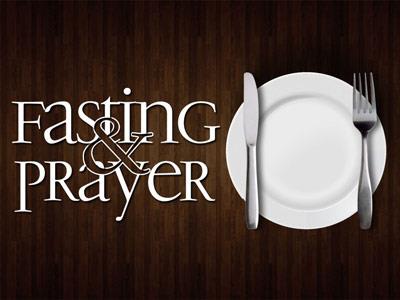-
Reverberations From The Resurrection Series
Contributed by Stephen E. Trail on Mar 17, 2013 (message contributor)
Summary: A sermon teaching the connecting between the resurrection and both OT prophecy and NT witnesses.
Easter Series Pt 3
“Reverberations from the Resurrection”
Matthew 28:5 And the angel answered and said unto the women, Fear not ye: for I know that ye seek Jesus, which was crucified.
6 He is not here: for he is risen, as he said. Come, see the place where the Lord lay.
First: What do we know about the resurrection itself?
I. The Chronology of the Resurrection
The chronological order of the events surrounding the resurrection of Christ have been confusing to many. It has also been used as an argument against the validity of the Bible by some. However, the four gospels each tell only part of the story. When all four records are carefully compared, an order begins to come together. The following order may not be perfect, but it will solve the problems that some see in the order of the events.
1. Early Sunday morning, several women brought spices to anoint the body of Jesus. The tomb was empty and two angels told them to report to the disciples that Jesus had risen from the dead.
2. Mary Magdalene separated from the other women and told the disciples first that the tomb was empty (John 20:2)
3. Peter and John ran to the tomb and observed the empty tomb. John arrived first but Peter entered the tomb. John believed that Jesus had risen. They then returned home. (John 20:3-10).
4. Mary Magdalene slowly returned to the tomb and arrived there after Peter and John had left. She saw the two angels in the tomb. Then, she saw Jesus but thought him to be the gardener. Jesus revealed Himself to her and she became the first to see the resurrected Christ. She was not allowed to touch Him because he had not yet ascended to the Father (evidently, to place His blood on the heavenly mercy seat). (John 20:11-17)
5. This point is controversial, but I believe that Jesus quickly went into heaven to present His blood at the mercy seat in the heavenly temple. (Hebrews 9:12, 24)
6. The other women are also trying to catch up with the disciples. But, before they find them, Christ appeared to them (Matthew 28:9-10). Christ had evidently already appeared before the Father at this time because He allowed the women to hold Him by the feet and worship Him. The apparent time discrepancy can be explained in many ways. One of the women may have had to stop to catch her breath (remember, they were severely frightened). They may have missed the disciples while they were going back and forth. Or, something else might have happened. But, the time did not have to be long. The time between the appearance of Jesus to Mary and then to the women could have been as short as half an hour. Jesus did not need time as we know it in order to travel to and from heaven.
7. That afternoon, Jesus appeared to the disciples on the road to Emmaus (Luke 24:13-16).
8. Somewhere around this time, Jesus appeared to Peter. (Luke 24:34; 1 Corinthians 15:5)
9. Before the day was over, Jesus appeared to the ten disciples (minus Thomas) behind closed doors. (John 20:19, 24).
David Reagan
A. The interment in Scripture
Psalms 16:10 For thou wilt not leave my soul in hell (Sheol); neither wilt thou suffer thine Holy One to see corruption.
Our confidence that this prophecy is speaking of Christ’s return from the grave rests on the authority of Peter’s sermon given at Pentecost Acts 2:25-28. The word "Holy One" (chasid) does not in itself necessarily refer to Christ (1). It just means a godly man (Psa. 145:10) (2). "Thine Holy One" might also be translated "thy saint" (3). But notice that God would grant the Holy One a most unusual deliverance. The Holy One would share the ordinary human experience of death, and after death, His soul, like the souls of other men, would go to "hell" (in Hebrew, sheol, the realm of the dead) (4). Yet God would not leave His soul in Sheol. By implication, God would remove it by an act of direct intervention. But where would the soul of the Holy One be taken? The verse goes on to say that although the Holy One would die, He would escape corruption." The corresponding Hebrew word, shachath, is usually rendered "pit," another common designation for Sheol (5). But in this verse, "pit" is not the correct translation, for whereas the Holy One would temporarily reside in Sheol, He would never see shachath. Shachath is the noun form of a verb that, in its many occurrences, always carries the sense "corrupt" or "destroy" (6). Thus, many standard versions including the KJV agree that shachath in Psalm 16:10 refers to corruption (7). Of the various Greek words available to translators of the Septuagint (Greek Old Testament), they chose diaphthora, which means "corruption" (8). Unquestionably, the prophecy contains the thought that no corruption would touch the body of the Holy One after His death. What would happen to avert normal degenerative processes? The most straightforward resolution of these questions supposes that a single event would both terminate His soul’s stay in Sheol (paradise) and spare His body from decay. The event that the prophecy foreshadows must be a resurrection, reuniting His soul and body in new, unending life. To forestall the corruption of His body, the resurrection would have to take place soon after His death, within a few days at most.

 Sermon Central
Sermon Central



